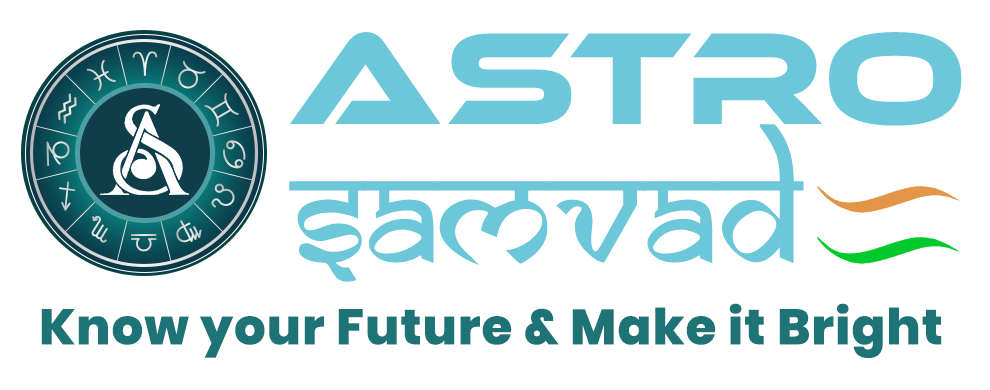Importance of Aarti
The Importance of Aarti in Hindu Worship
The significance of Aarti is deeply rooted in Hindu traditions and was first highlighted in the "Skanda Purana." Aarti holds a vital place in Hindu rituals, signifying the completion of worship, yajnas, and ceremonies. It is a beautiful act of devotion where a flame and sacred offerings are placed on a plate and circled around the deity while devotional hymns, or Stuti, are sung. The devotion with which the Aarti is performed directly influences its positive impact on the devotees.
Why is Aarti Performed After Pooja?
Aarti is not just a ritual; it is an act of connecting the devotee with the divine. Its performance after a Pooja or ceremony completes the worship process, spreading a sense of peace and divinity. It is also referred to as 'Nirajan,' signifying the illumination of the mind and soul with divine energy. Aarti creates a harmonious environment, filling the atmosphere with devotion and positivity.
According to the "Skanda Purana," even if someone does not know the correct mantras or rituals, performing Aarti with devotion ensures that God accepts their worship.
Religious Importance of Aarti
Aarti is performed in a rhythmic and melodious manner, often accompanied by the ringing of bells, blowing of the conch, and devotional songs. This creates a divine atmosphere, offering solace and uplifting the mind. Through different hymns and the use of specific musical instruments, the Gods and Goddesses are invoked and pleased.
Scientific Perspective on Aarti
The materials used in Aarti, such as cotton, ghee, camphor, flowers, and sandalwood, have both religious and scientific significance:
- Cotton Wick and Ghee: Purity and prosperity.
- Camphor and Sandalwood: Purify the air and diffuse a divine fragrance.
- Flowers and Kumkum: Enhance positivity and beauty.
When the wick is lit, and camphor is burned, the aromatic smoke eliminates negative energy, creating a positive and purified environment. The devotional songs and sounds of conch and bells focus the mind and energize the body.
Decorating the Aarti Plate (Thaal)
The Aarti thaal is prepared with care to reflect devotion:
- Essentials: Lota of water, flowers, kumkum, rice, diya, dhoop, camphor, clean clothes, bell, and an Aarti book.
- Symbolism: A Swastika is drawn on the plate with kumkum for auspiciousness.
- Material: The thaal should ideally be made of brass or copper.
Rules for Performing Aarti
- Aarti is best performed after completing Pooja or rituals.
- Light the diya using ghee or camphor. If using a diya, it should have five wicks (Panchmukhi Deepak).
- The thaal is moved in specific patterns:
- Four times at the feet of the deity.
- Two times around the navel.
- Once around the face.
- Seven times around the entire body.
- After the Aarti, offer flowers to the deity and apply kumkum tilak on the idol.
Significance of Key Elements in Aarti
- Deepak or Diya: Symbolizes prosperity and smoothness in life. Ghee in the diya signifies removing harshness and bringing affection.
- Shankh (Conch) and Ghanta (Bell): Their sounds focus the mind and enhance energy flow in the body.
- Camphor: Purifies the air and attracts divine energies to the place of worship.
Aarti Rituals and Guidelines
- Aarti should be performed one to five times daily, but morning and evening are most common in homes.
- The flame represents the soul, and devotion during Aarti deepens spiritual connection.
- Aarti can be offered with five elements during special worship: dhoop, deep, cloth, water, and flowers.
- Offer Aarti to devotees after completing the ritual. Devotees cup their palms to receive its warmth and touch their foreheads as a sign of respect.
Significance of the Aarti Process
- Forming the Symbol 'Om': While circling the Aarti thaal, the movements symbolize the creation of 'Om,' a universal spiritual sound.
- Order of Movements: Start from the left side, move to the right, and repeat seven times.
Different gods have specific numbers of Aarti movements:
- Lord Shiva: 3 or 5 times.
- Lord Ganesha: 4 times.
- Lord Vishnu: 12 times.
- Lord Sun: 7 times.


